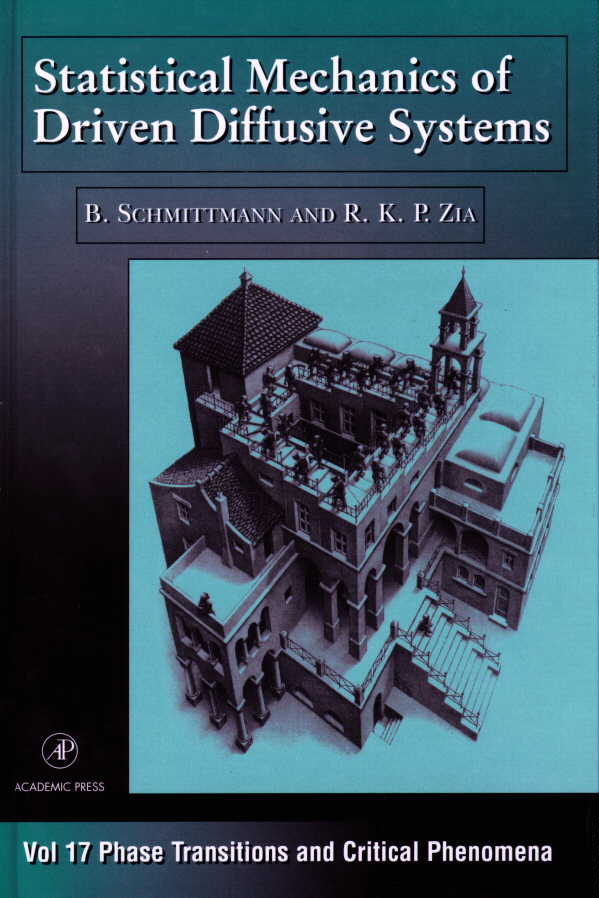
A. The microscopic driven lattice gas
B. Dynamic mean-field theories
C. A mesoscopic Langevin equation
A. Generic singularities in two-point functionsB. Three-point correlation functions
- Power law and exponential decays
- A fixed line of Gaussian dynamic models
A. Simulation studiesB. Theoretical investigations
- Signals of a phase transition
- Two-point correlations
- Anisotropic structure factors, the order parameter and the exponents
- Critical power law decays and the exponents
- Response functions and susceptibilities
- Internal energy and specific heat
- Higher Correlations
- Three-point function
- Fluctuations in the structure factor and the internal energy
- Finite size effects in the standard model
- General scaling laws with strong anisotropy
- Field theoretic renormalisation group analysis
- The dynamic functional and the upper critical dimension
- Exponents and scaling functions in the tree approximation
- One-loop and exact results: the full scaling behavior
- Related models
A. The co-existence curve
B. Dynamics of phase separation
C. Interfacial properties in steady states
- Suppression of interfacial rougheness
- Shifted boundary conditions and `tilted' interfaces
- Dependence of bulk properties on interface orientation
- Domain splitting and merging
- Numerical and theoretical studies
A. Random drive and multiple temperature modelsB. Chemical potential gradients and drive defects
- Collective behavior above T
- Phase transitions and critical properties of the bulk
- Anomalous correlations of interfacial fluctuations
- Combinations of direct and random drives
C. The two layer system
- Systems with a chemical potential gradient only
- Finger formation in combined drives
- Effects of line defects in external fields
- Stability of an interface in a transverse chemical potential gradient
D. Multi-species modelsE. Repulsive interactions
- The blocking transition
- The polarized lattice gas
F. Quenched random impurities
G. Special limits
- Extreme anisotropic rates
- Models in one dimension
- Systems with translational invariance
- Open boundary conditions, blockages and shocks
- Two-species models
- The Toom interface, a model with long range jumps
A. Models with competing conserved and non-conserved dynamics
B. Multi-temperature models with Glauber dynamics
C. Models for driven interfaces
D. Gel electrophoresis and polymers in sedimentation
E. Self-organized criticality and other models of generic scale invariance
F. Liquids in non-equilibrium steady states
- Linearized hydrodynamics far from criticality
- Phase transitions under shear
![]()
VT Physics
Royce Zia
Beate Schmittmann